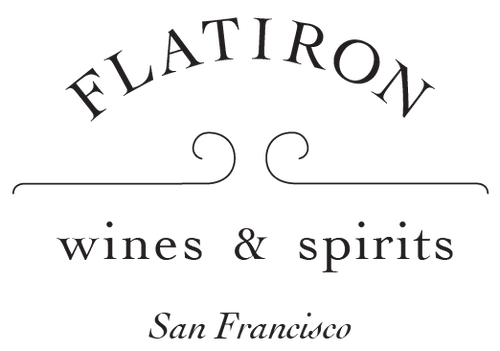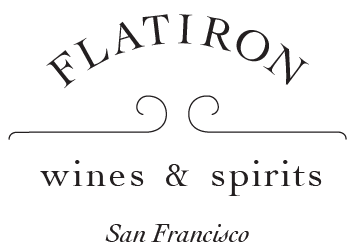Dhondt-Grellet
What used to be impossible in Champagne is now possible.
The man who will guide us towards today’s new frontier is Adrien Dhondt-Grellet. He is only 25 or so, but he was lucky enough... Read More
What used to be impossible in Champagne is now possible.
The man who will guide us towards today’s new frontier is Adrien Dhondt-Grellet. He is only 25 or so, but he was lucky enough to be born into a family that produces Champagne. Better yet, his Mom and Dad made a huge change even before he was born. Back in the mid-1980s, they stopped selling their grapes to negociants and became grower-producers. That may sound commonplace now, but it isn't really, and it was exceptionally rare back in the 80s.
Adrien is from the village of Cuis. Cuis is in the heart of the Cote des Blancs, so naturally Chardonnay is the grape of choice. But Cuis stands apart from some of the villages that are somewhat better known, like Cramant or Avize, because most of its slopes face north.
Think about that. The whole reason Champagne exists where it does is because it’s at the northern limit of where you can ripen grapes. Historically it’s so hard to ripen grapes there that the local tradition developed of blending vintages to mitigate risk, and disguising the problem with preserved carbonation and added sugar (known as "dosage"). But in Cuis, they make it even harder by facing the vineyards away from the sun!
So, in the old days, Cuis' grapes were used to add acidity and nerve to a blend--and even then the Champagne was heavily dosaged. In fact, that’s still what happens to most of Cuis' grapes.
But Adrien Dhondt-Grellet does the impossible: he makes a wine exclusively from Cuis, and he makes it with no dosage at all. Yes, it is steely and nervy. But it also tastes rich and fully ripe.
How does he do it? Partly it’s through the kind of obsessive, careful, vine-by-vine work in the fields that is only possible when you know you are going to be bottling your own wine and putting your name on it. And partly it's once again thanks to Mom and Dad. In 1986, they started a Solera (or, technically, a perpetual reserve), to which they add some wine every year, and from which they pull some wine every year for the new release. It is one of the oldest such reserves maintained by any Grower in Champagne. There are now plenty of older vintages in the blend -- almost 30 vintages! -- and they are one of the keys to the wine’s richness and complexity.





